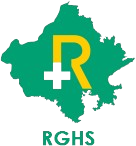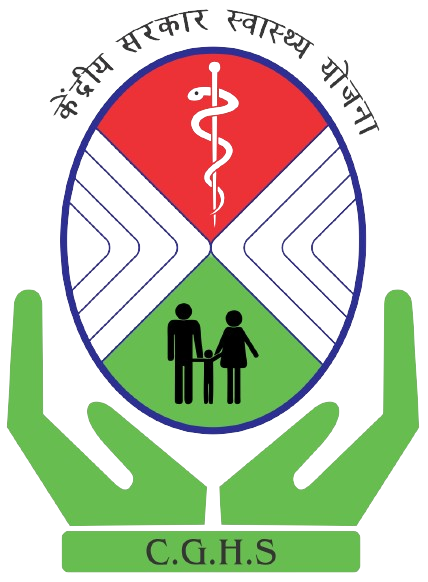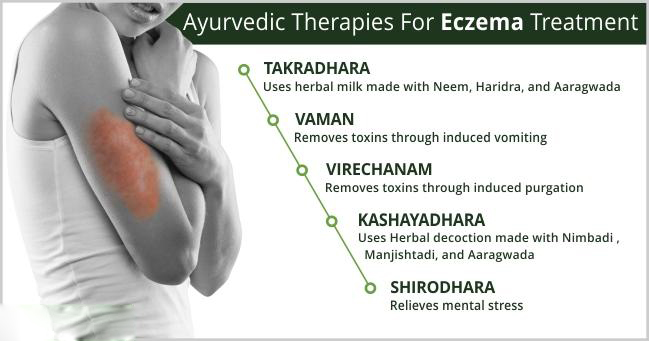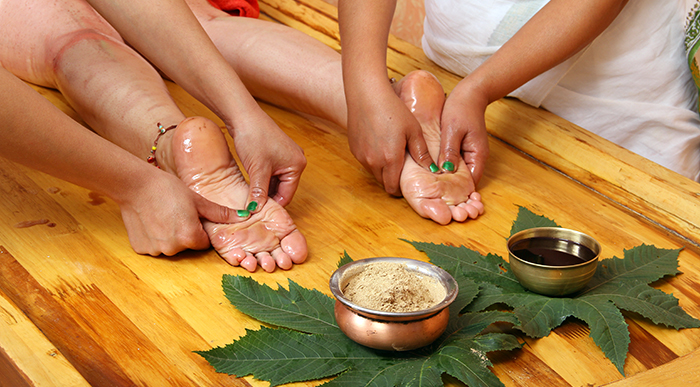What is eczema?
Eczema is a term for a group of medical conditions that cause the skin to become inflamed or irritated. The most common type of eczema is known as atopic dermatitis or atopic eczema. Atopic refers to a group of diseases with an often inherited tendency to develop other allergic conditions, such as asthma and hay fever.
Eczema is the name for a group of conditions that cause the skin to become red, itchy and inflamed. Eczema is very common.
Eczema is not contagious. You can’t “catch it” from someone else. While the exact cause of eczema is unknown, researchers do know that people who develop eczema do so because of a combination of genes and environmental triggers. When an irritant or an allergen from outside or inside the body “switches on” the immune system, it produces inflammation. It is this inflammation that causes the symptoms common to most types of eczema.





